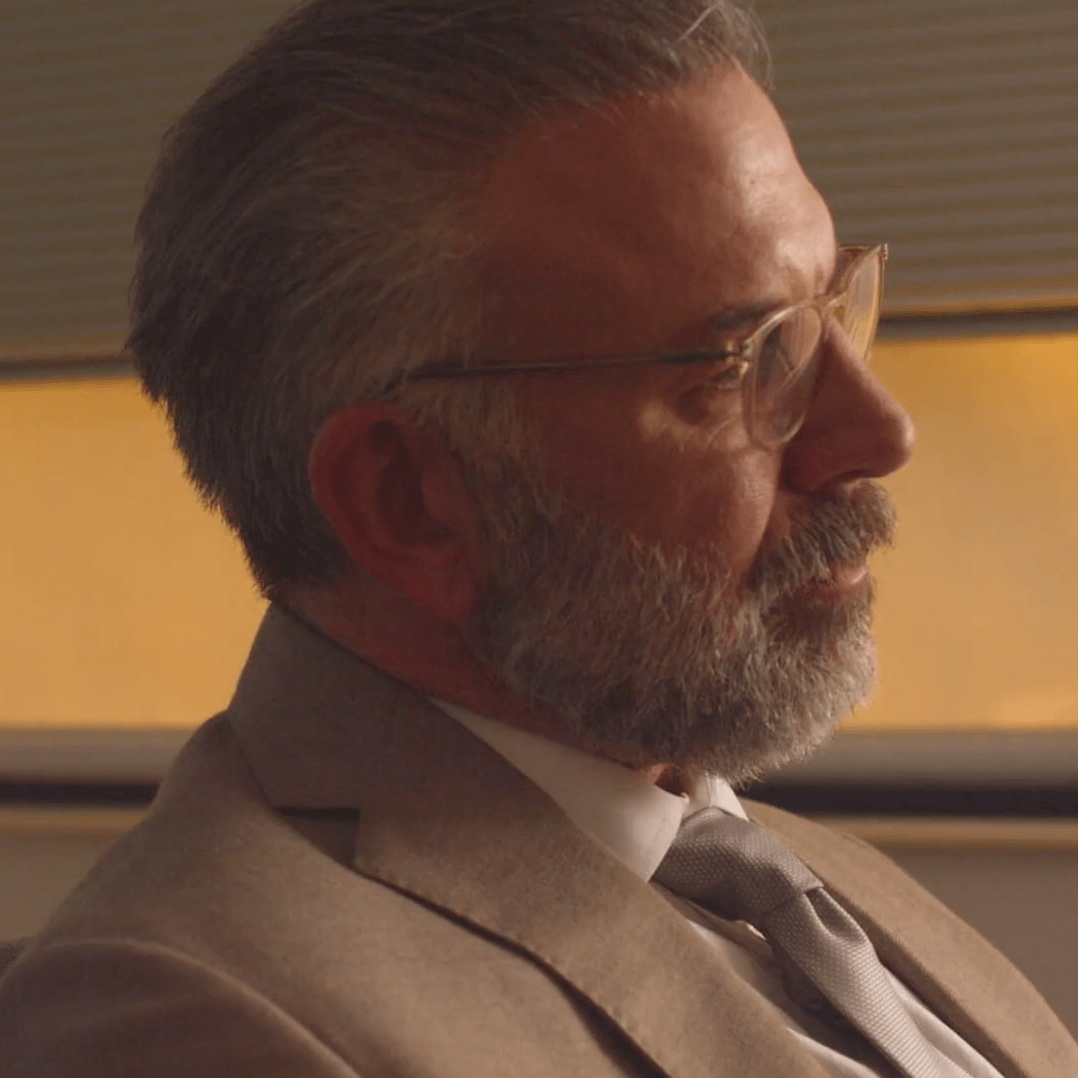
Wilson Learning had a training program to teach managers how to give successful performance reviews and set professional goals for team members. While the content was informative and useful, Wilson wanted learners to both see it in action and to walk away from the training with a clear, emotional reason why the approach to these meetings mattered.
Wilson tried to create scenario films that focused on modeling management interactions, but this approach failed to address the complex social nuances present in these kinds of one-on-one meetings. The scenarios were met with criticisms from both buyers and learners who felt the circumstances were too ideal. Past experience has shown that performance reviews and goal-setting evaluations rarely happen under optimal situations, and discussions can quickly escalate from productive to hostile – even if managers follow steps exactly.
People are unpredictable. Wilson wanted to prove that their approach would work, especially during tense exchanges. The scenario films they were using, however, didn’t work. In fact, they had a negative effect on learners – as well as buyer confidence with company heads who purchased the training program for their managers.
Project
“Leading for Performance” – scenario films and audio exchange
Client
Wilson Learning
What We Did
Scriptwriting
Video Production
Video & Audio Editing
The Solution
Sage Media reinvigorated the standard two-person scenario film by engaging audiences with subconscious shifts in whom they identified with as being “right.” Doing this allowed learners to see things from both perspectives – literally – and that expanded their sensitivity and empathy, which would be necessary for a successful performance evaluation.
Here is a case study that highlights the technique involved, as well as some clips from the actual film so you can get a sense of the quality delivered through even a simple setup.